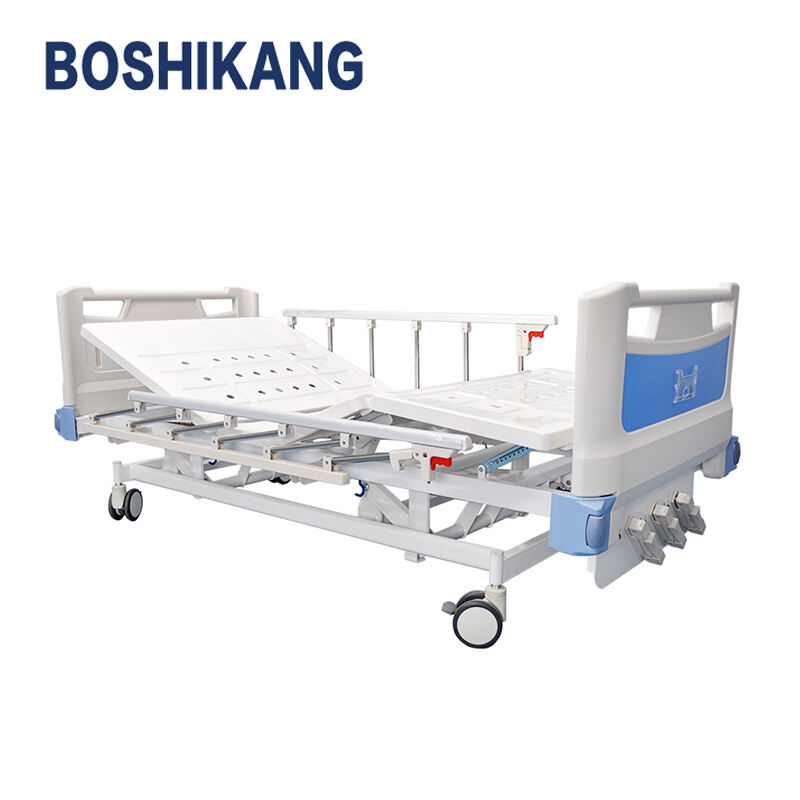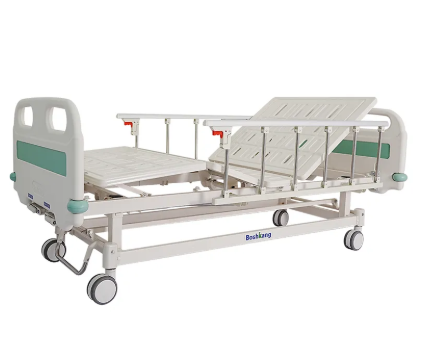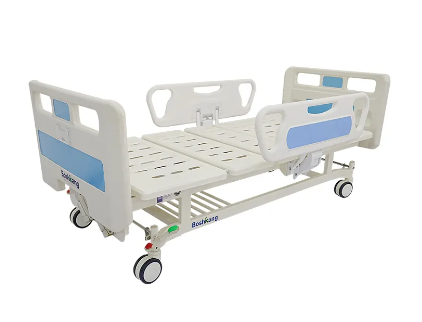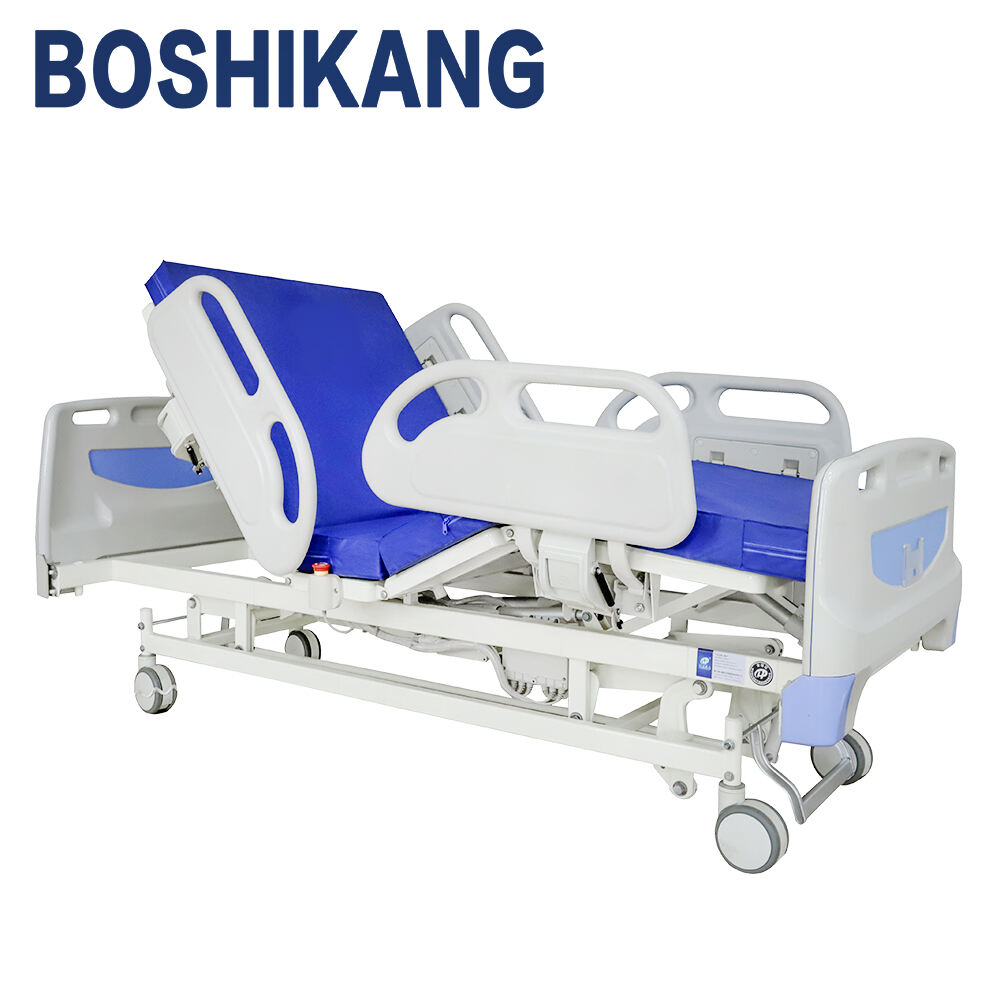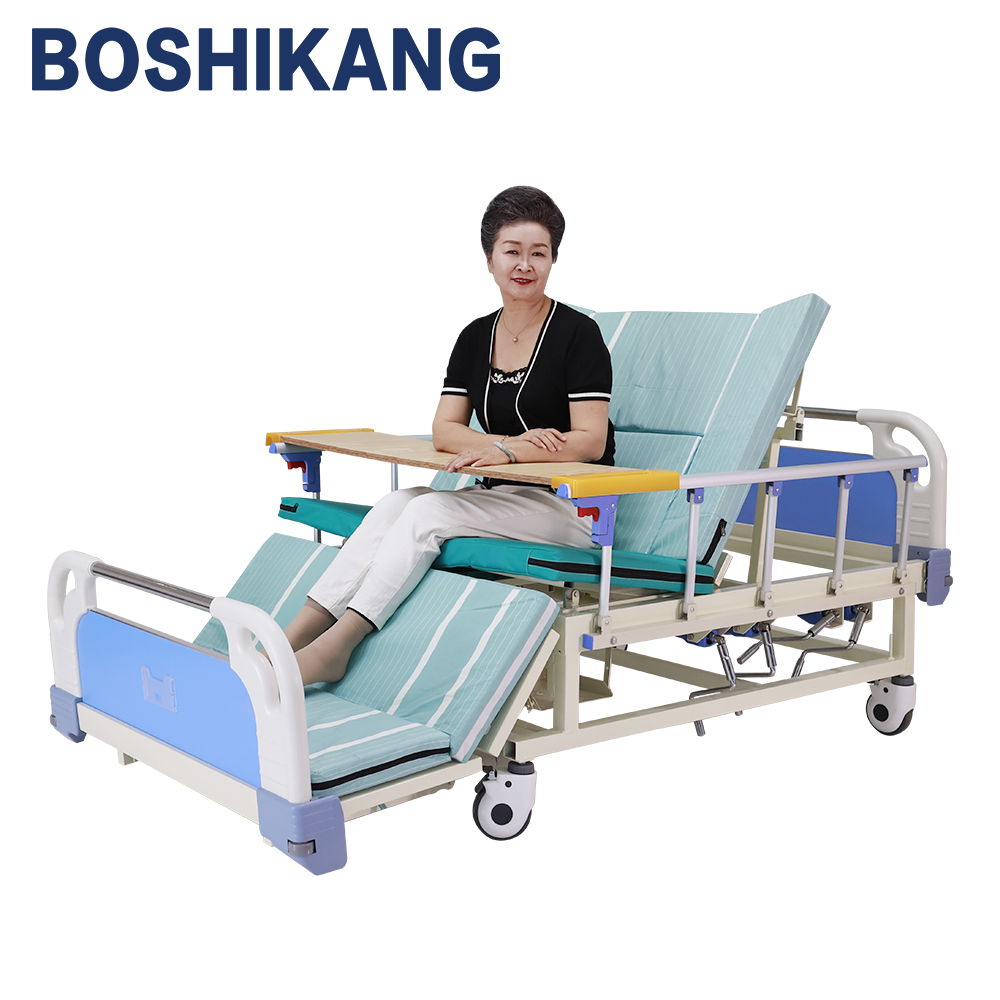homecare hospital beds
Homecare hospital beds represent a significant advancement in home medical equipment, combining essential medical functionality with comfort for patients requiring extended care at home. These specialized beds feature electronically controlled adjustments for height, head, and foot positions, enabling caregivers and patients to achieve optimal positioning for care, comfort, and safety. Modern homecare hospital beds incorporate advanced features such as side rails with safety locks, emergency battery backup systems, and whisper-quiet motors for smooth operation. The beds typically include high-quality foam mattresses designed to prevent pressure ulcers while supporting proper body alignment. Many models feature integrated scales for patient monitoring, built-in bed exit alarms, and trendelenburg/reverse trendelenburg positioning capabilities. These beds are engineered to accommodate various medical attachments, such as IV poles, trapeze bars, and other essential medical equipment. The frame construction utilizes durable materials that ensure stability while remaining lightweight enough for home use. With weight capacities typically ranging from 450 to 600 pounds, these beds can safely accommodate most patients while providing the necessary medical support features found in professional healthcare settings.


